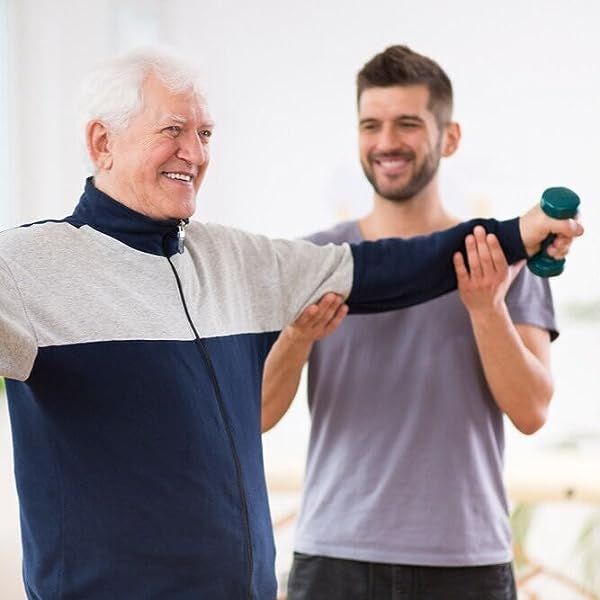
Preventing Osteoporosis In Aging, My grandma had a beloved teacup bone china with a tiny blue blossom on the side. One day, she fell while trying for it on the highest shelf. The cup remained intact. Her hip? Not really. That is the day we discovered osteoporosis the difficult way and how one little moment may alter everything in aging.
What is interesting, however, is how much control we really have over these “little tipping points” in aging. The science of longevity isn’t about waiting for a biotech breakthrough or magic medicines; rather, it’s about daily, boring, wonderful habits we build. It’s actually about the daily, dull, beneficial habits we create like moving more, eating better, sleeping deeper, and yes, even lifting weights at 70. Consider it as putting money into your future skeleton.
So, let’s get into how to live longer and stronger and how to avoid osteoporosis while we’re doing it. Spoiler alert: it’s not only about calcium.
Let’s get a little nerdy now but in the enjoyable sense.
Like a sponge that’s been through too many dishwashing cycles, osteoporosis is a disease causing brittle, porous bones. Osteoporosis is caused by a gradual loss of bone density, typically occurring as we age, particularly around the age of 50.
But the catch is bones are not static. They’re living tissue, always breaking down and regenerating. Like a constantly moving building site.
Our body begins losing more bone than it creates after age 30. Add hormonal changes (hello, menopause), vitamin D shortages, and inactive lifestyles, all of which contribute to bone weakening. It’s not only about bones breaking easily; it’s also about losing confidence, movement, and freedom.
The good news? You can change it. In fact, several items.
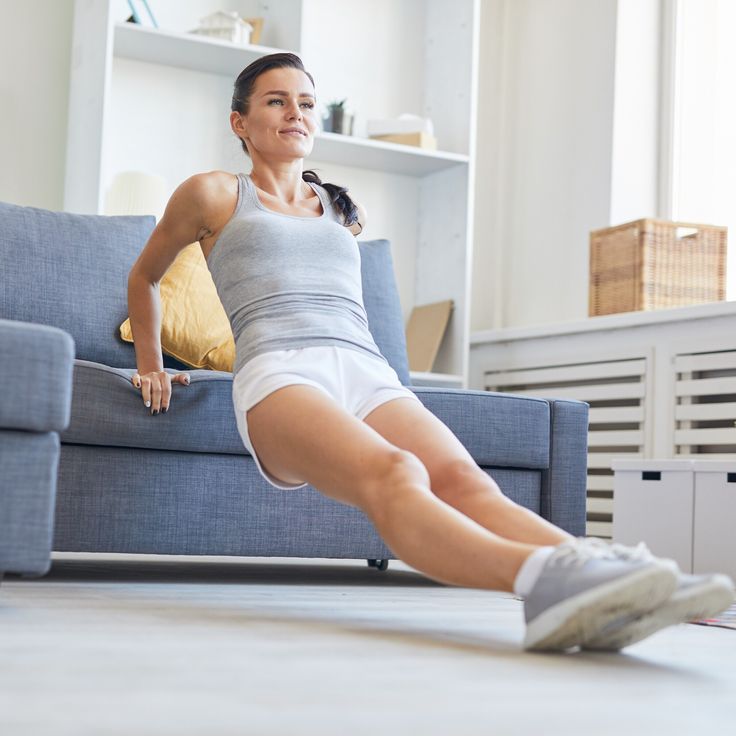
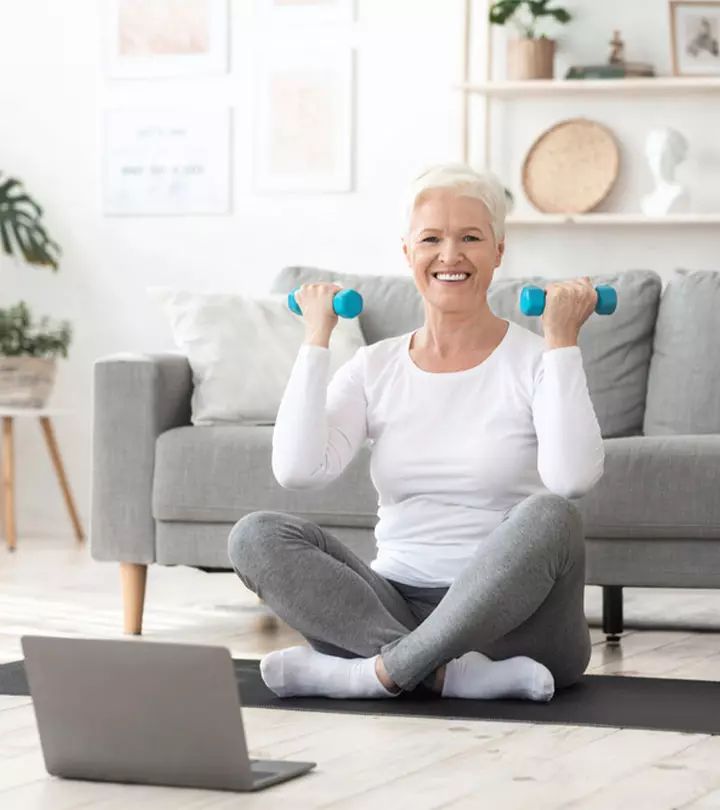
Preventing Osteoporosis In Aging, Sure, we all grew up hearing “drink your milk,” but there’s a little more complexity.
Of course, calcium is vital. Your bones are like calcium banks; if your blood needs more, they will “loan” it out. Adults over fifty should shoot for roughly 1,200 mg daily.
Vitamin D is now calcium’s wingman. It enables your body to effectively absorb calcium. Though you reside in a gloomy area or have darker skin, you might require supplements since we create it via sun exposure. The daily target should be 600–800 IU; a straightforward blood test will let you know your levels.
Equally significant? The combination of Vitamin K2 and magnesium is equally significant. These are like your bone-building backup dancers, supporting calcium’s transport to the correct locations.
Pro advice: Don’t declare it a day by only taking a calcium supplement. It’s like sending a box without an address without D and K2.
Should you just take one lesson from this piece? Bones enjoy influence.
The easiest approach is to tell your body, “Hey, we still need these bones, don’t recycle them just yet!” through weight-bearing exercise and resistance training.
Whether you’re walking, hiking, lifting weights, or even doing squats with your own body weight, stressing your bones with movement causes them to respond by becoming stronger. It’s biology 101, use it or lose it.
These are my best actions to increase bone strength:
Two to three sessions a week might be quite beneficial. Start slowly and talk to a physical therapist or trainer knowledgeable about aging bodies if you’re concerned about injuring yourself.
Your bones will appreciate it.
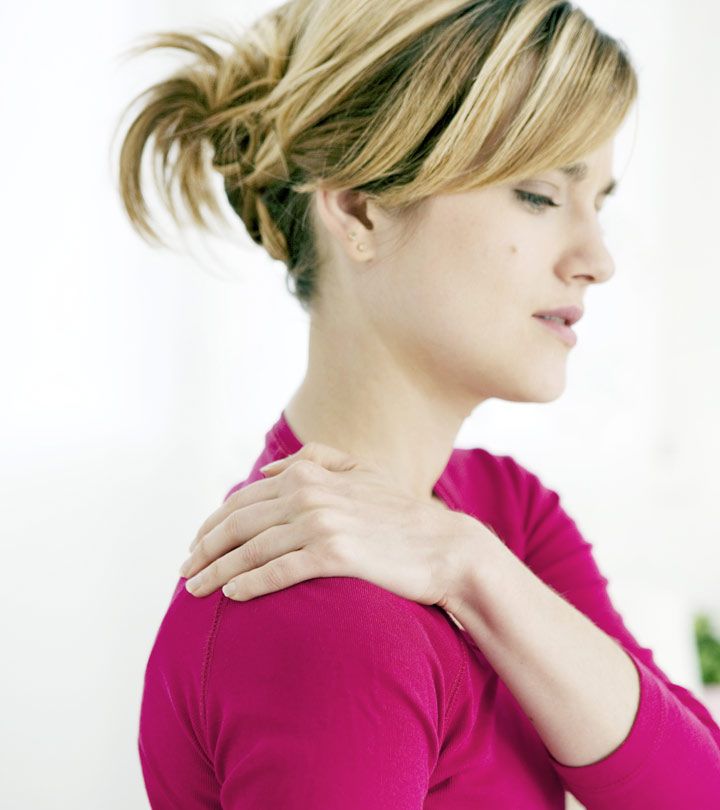
Preventing Osteoporosis In Aging, Many people understate sleep’s influence on the aging process. Sleep, however, is when your body performs most of its restorative work, including for bones.
Deep sleep is when growth hormone, which promotes tissue and bone regeneration, peaks. Conversely, bad sleep raises cortisol, a stress hormone that can impair bones over time and disrupt your metabolism.
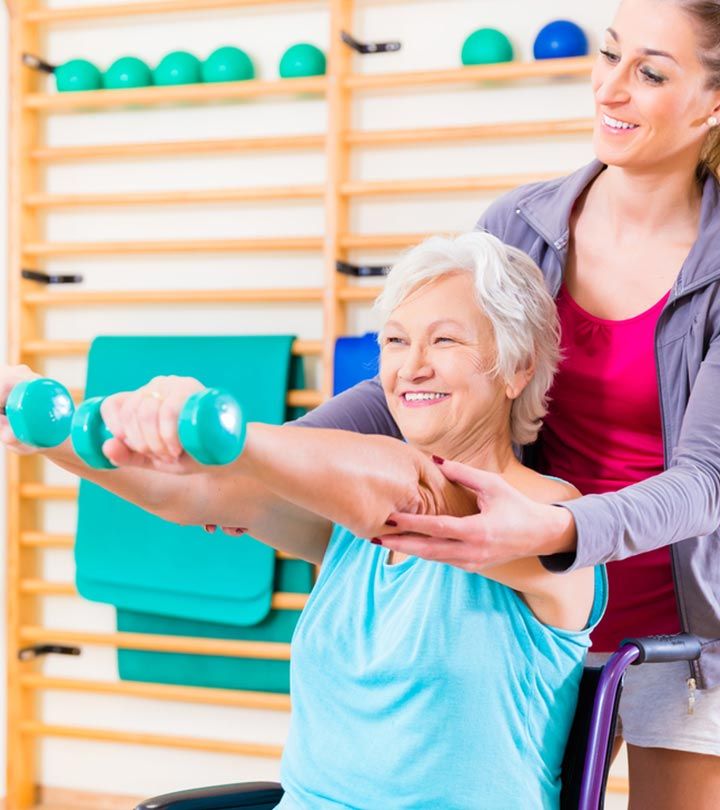
Looking For Better Sleep? Give This A Shot
Sleep is not wasted time: It’s like charging your iPhone, except rather your bones and brain are receiving the fuel they need to keep going.
Remain linked and inquisitive: Mental Health’s Influence on Aging
Alright, this one isn’t about bones directly: Your mental wellness, nonetheless, is rather important for physical health and lifetime.
Faster biological aging and worse bone health have been connected with depression, loneliness, and chronic stress. Bone loss can be hastened by chronic cortisol. Conversely, those who are socially connected and involved usually have better balance, stronger muscles, and fewer falls.
Give This A Shot
⇒ Reach out to a buddy.
⇒ Participate in a walking group.
⇒ Take a class or volunteer; virtual counts!
⇒ Get a dog: all in one, bones and walks!
You are an entire person, not only a skeleton roaming about. Happy people usually live longer.
Preventing Osteoporosis In Aging, Many people are unaware they have osteoporosis until a fracture occurs. That’s akin to discovering your car is sputtering to a stop on the interstate and you are out of gas.
Women over 65 and males over 70 should obtain a bone density scan and earlier if there are risk factors (such as family history, steroid use, or smoking). It’s simple, painless, and can let you know whether you’re in the osteoporosis or osteopenia (pre-osteoporosis) range.
Should You Be At Risk, Doctors Could Advise
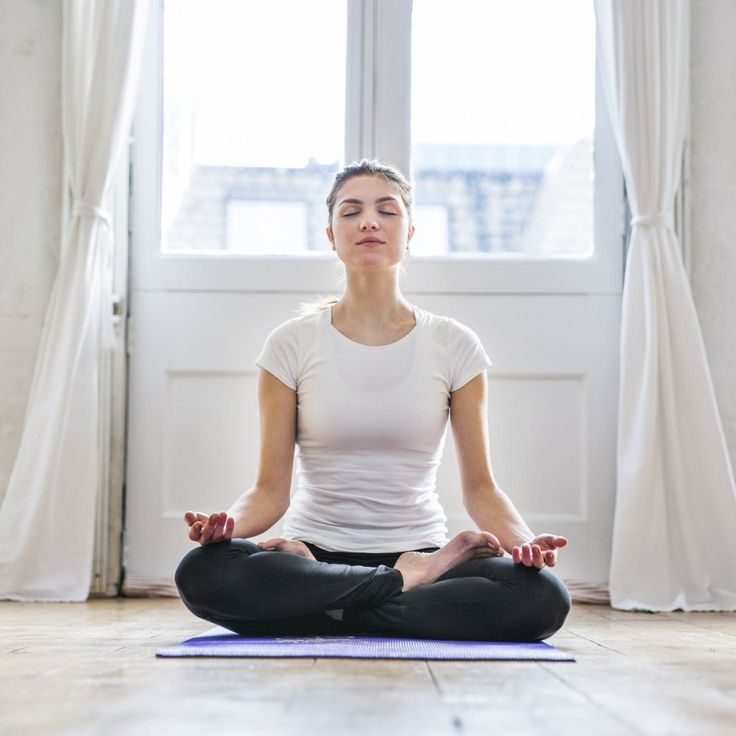
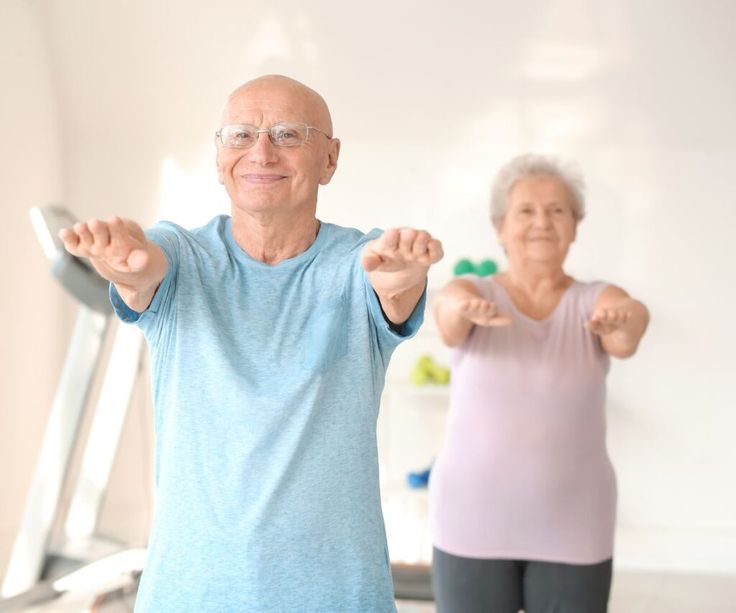
Healthy aging is about remaining you, not about remaining young. Strong bones enable you to keep reaching for your favorite teacup, playing with grandkids, dancing, trekking, and yes, reaching for your favorite teacup.
The science of longevity is clear: Tiny, wise decisions every day have a compound effect. Eat your greens, lift something heavy now and then, soak up a little sun, and call your favorite friends.
Consider it as developing your own long-term scientific endeavor, one where vitality, not perfection, is the aim.
And keep in mind: Bones are not dull. They are literally your basis. Treat them, therefore, like the precious, lively, high-maintenance housemates they are.